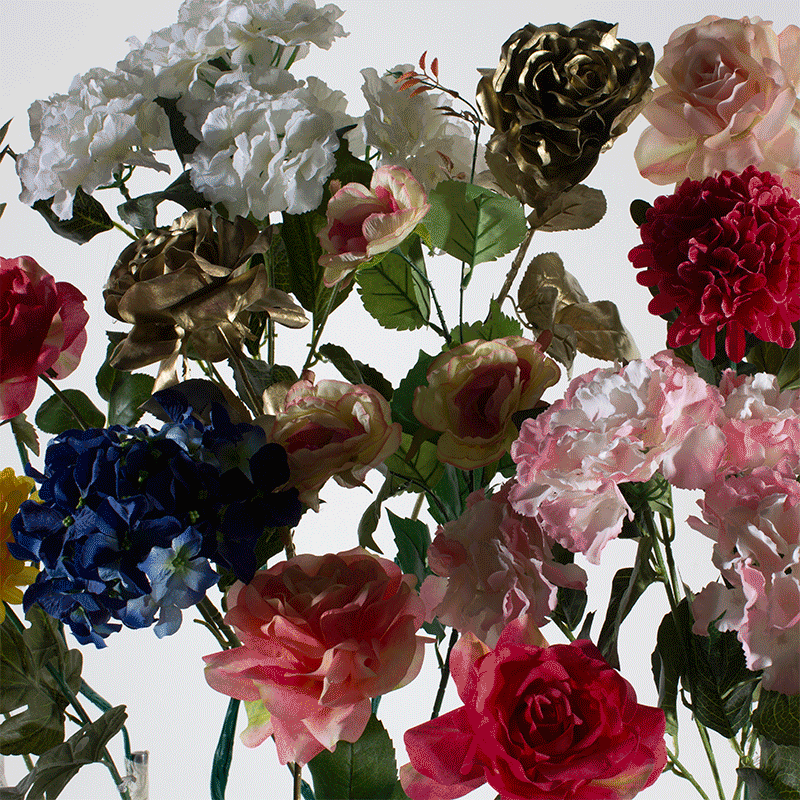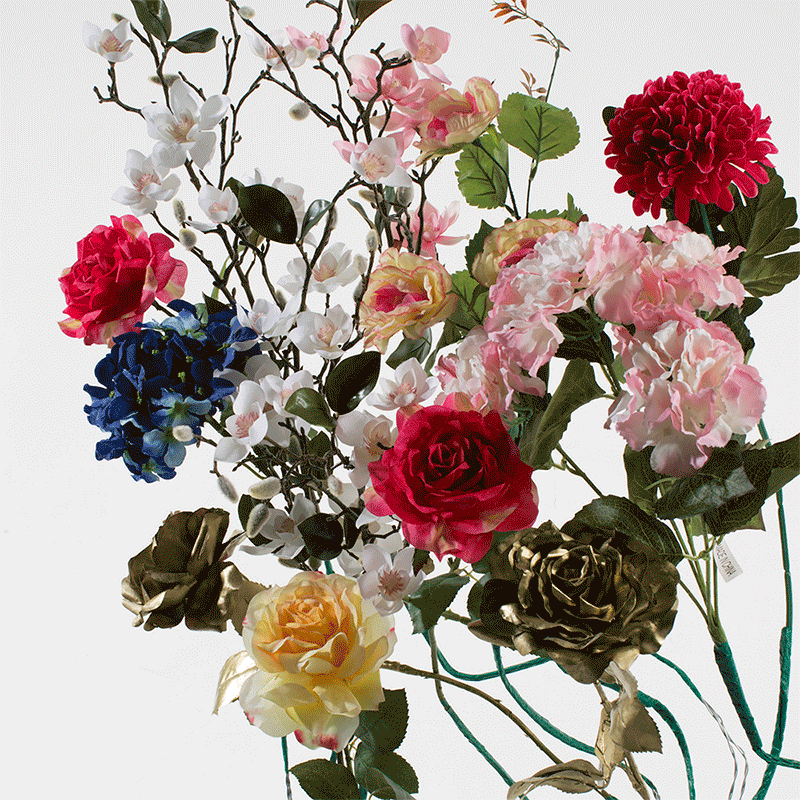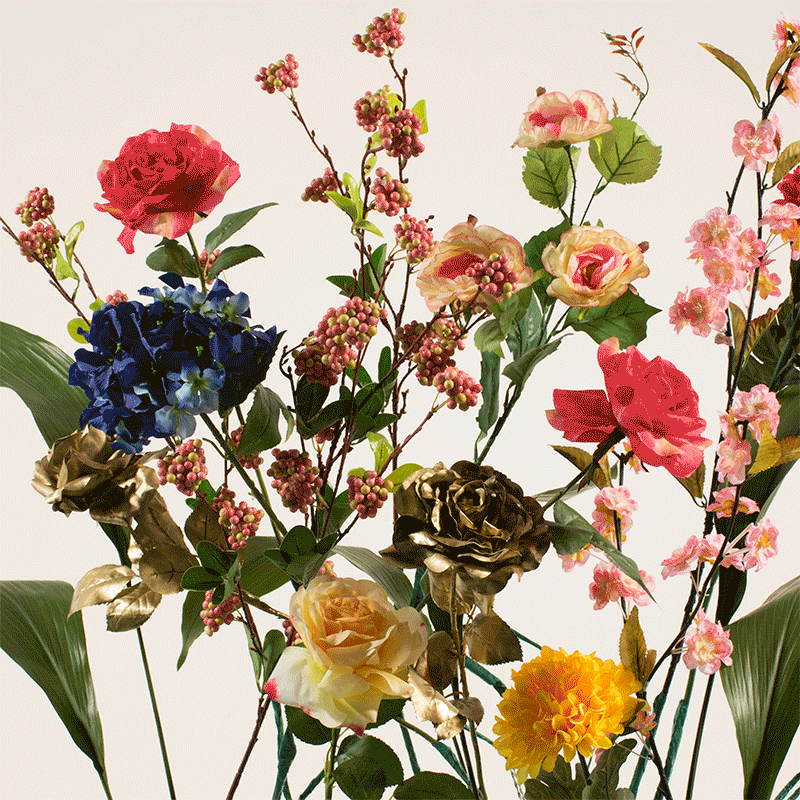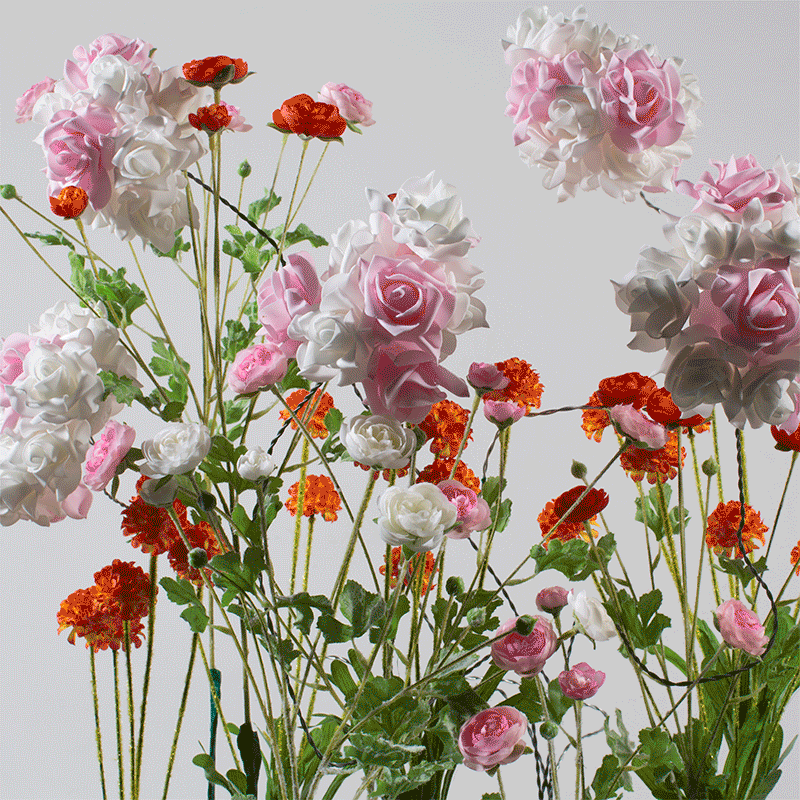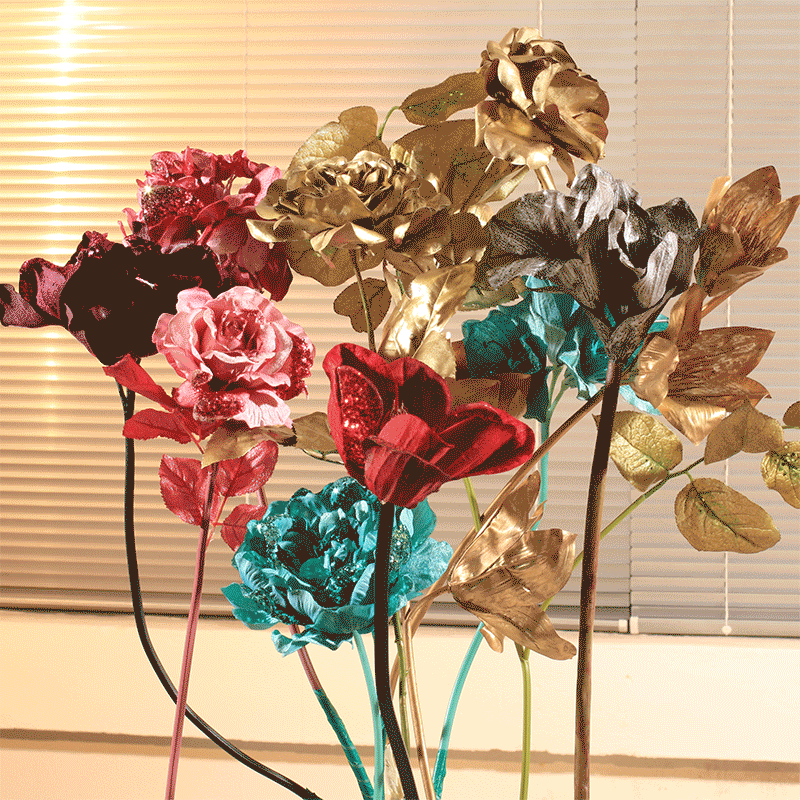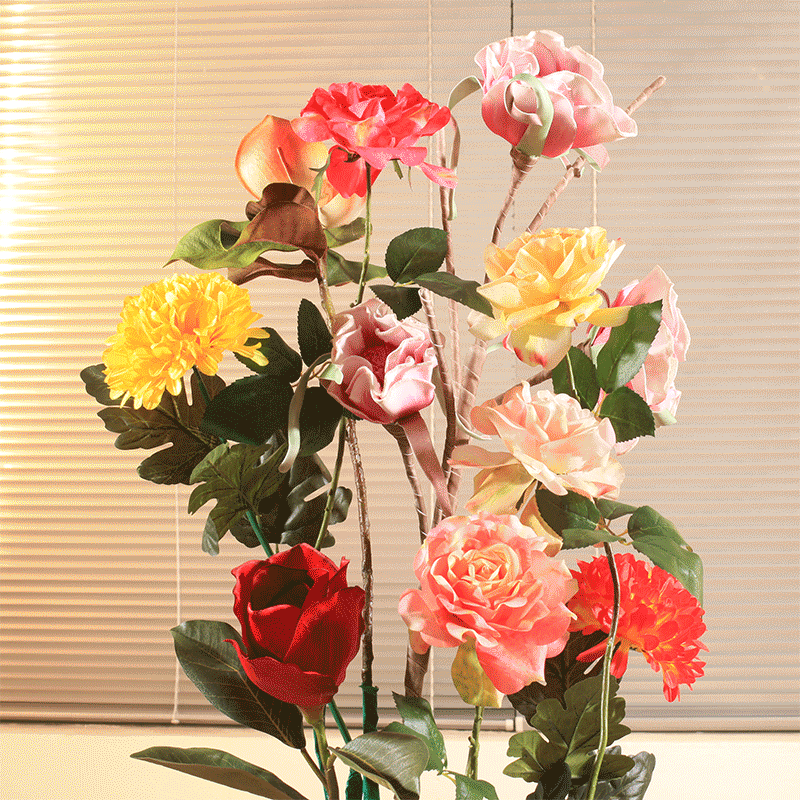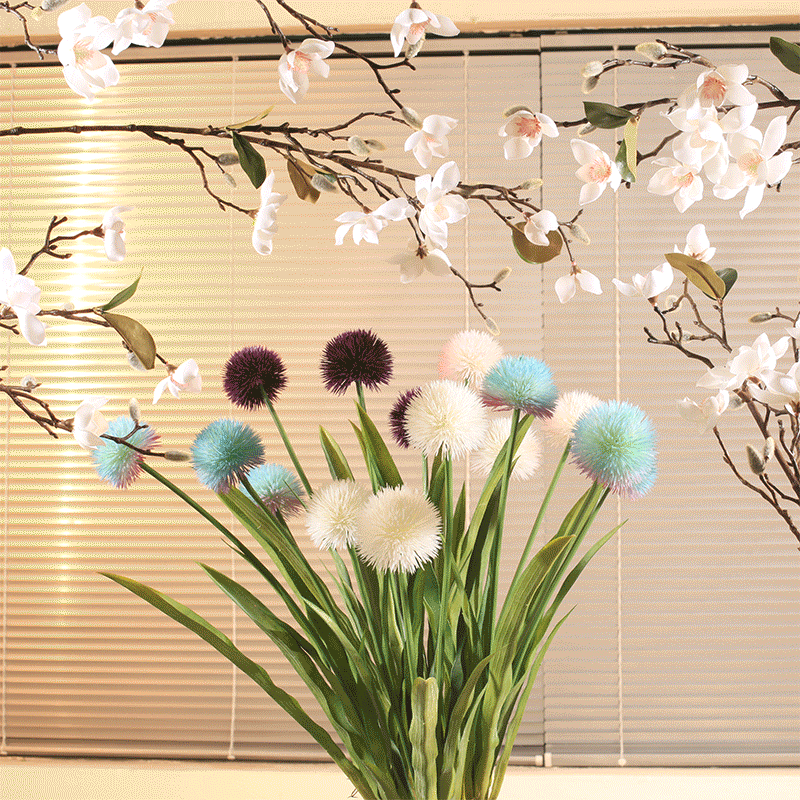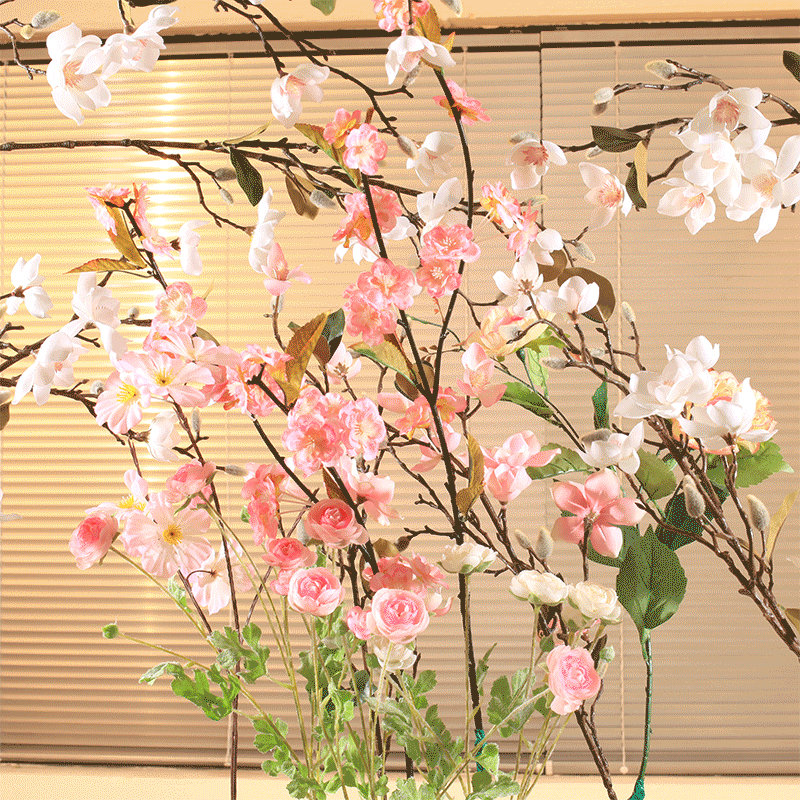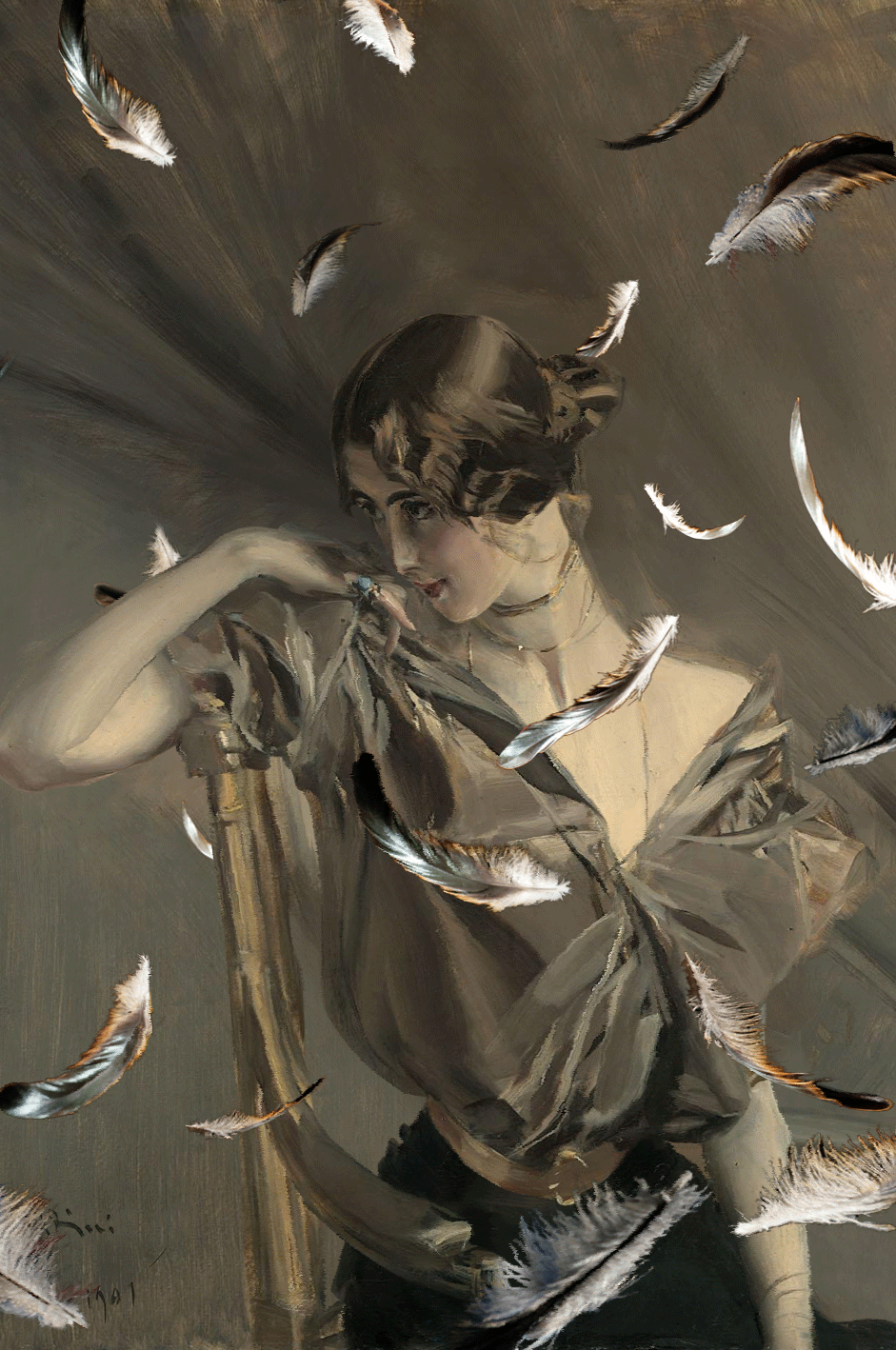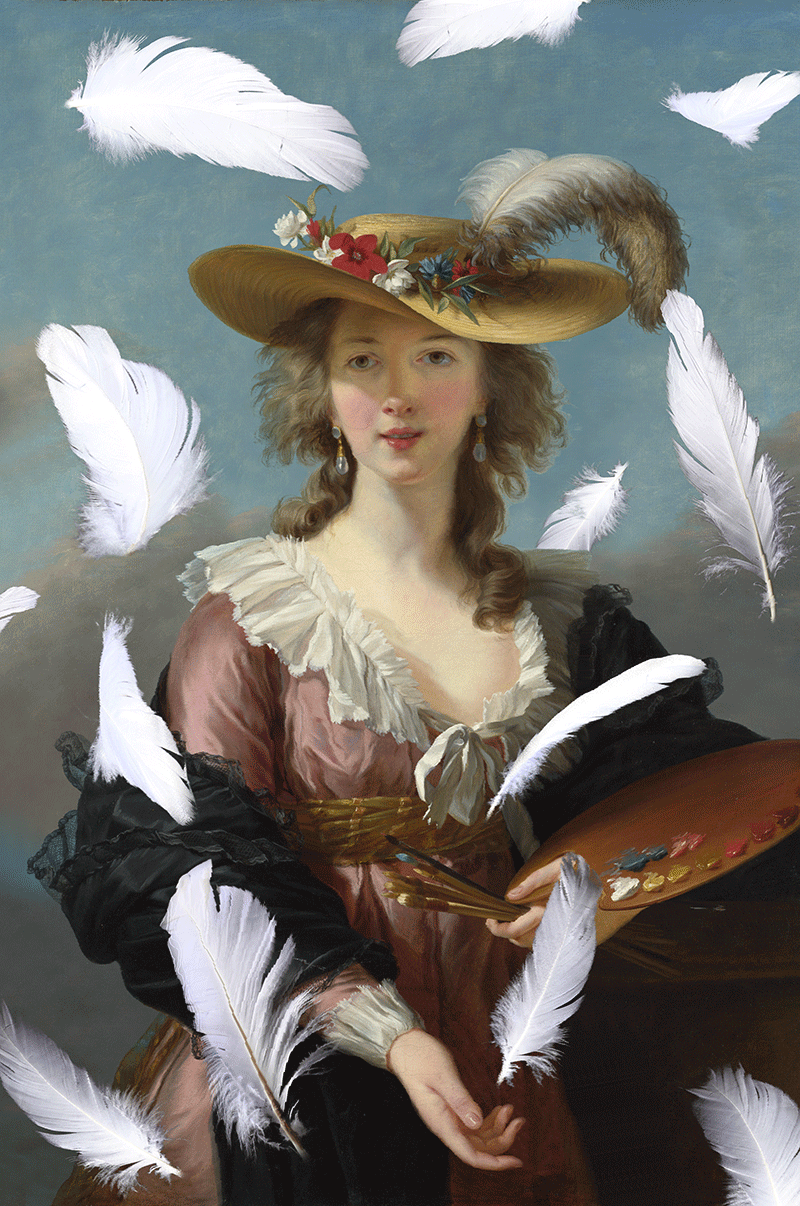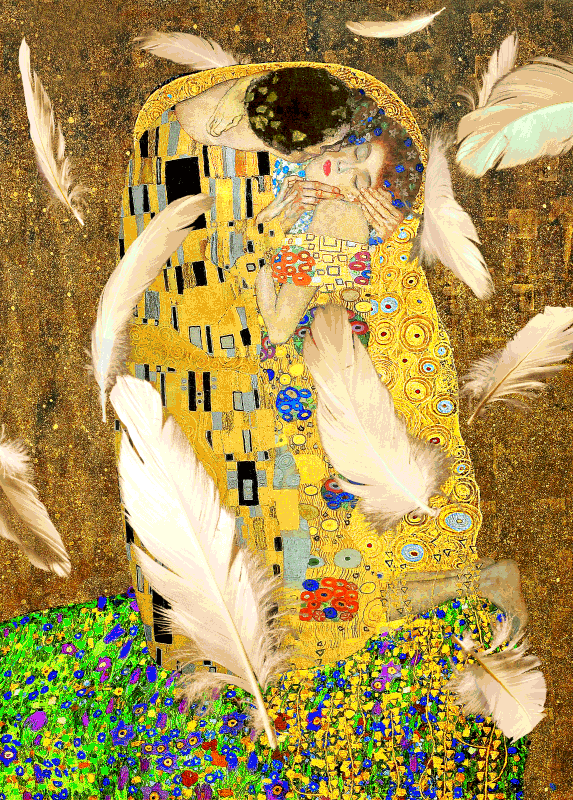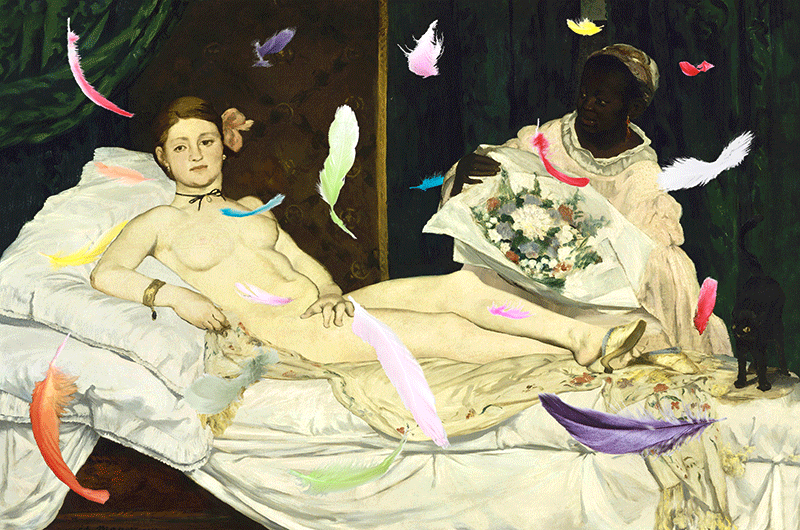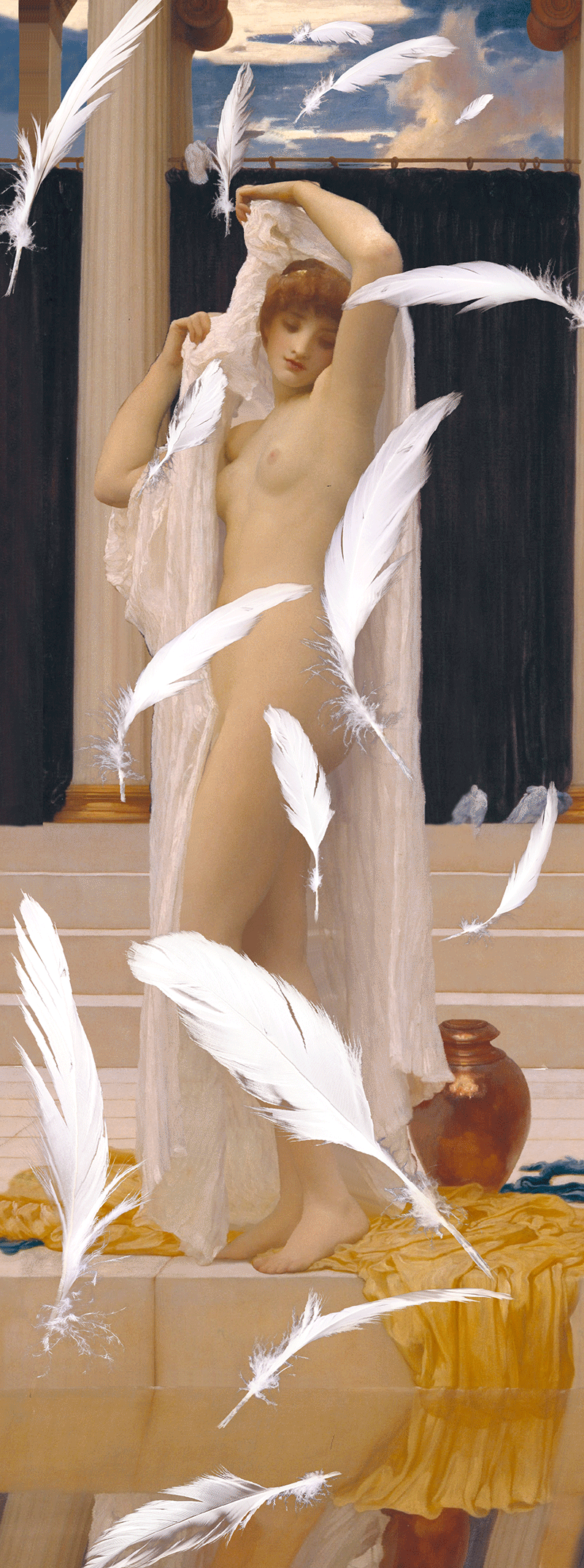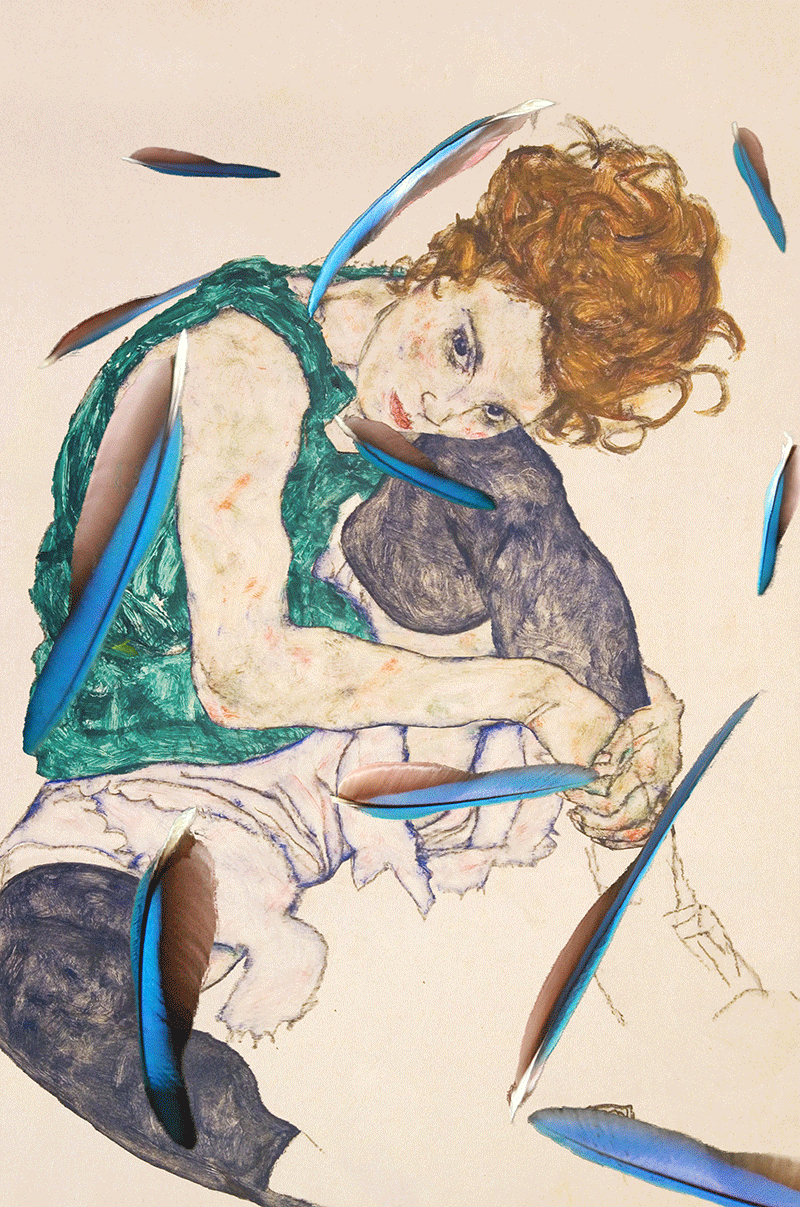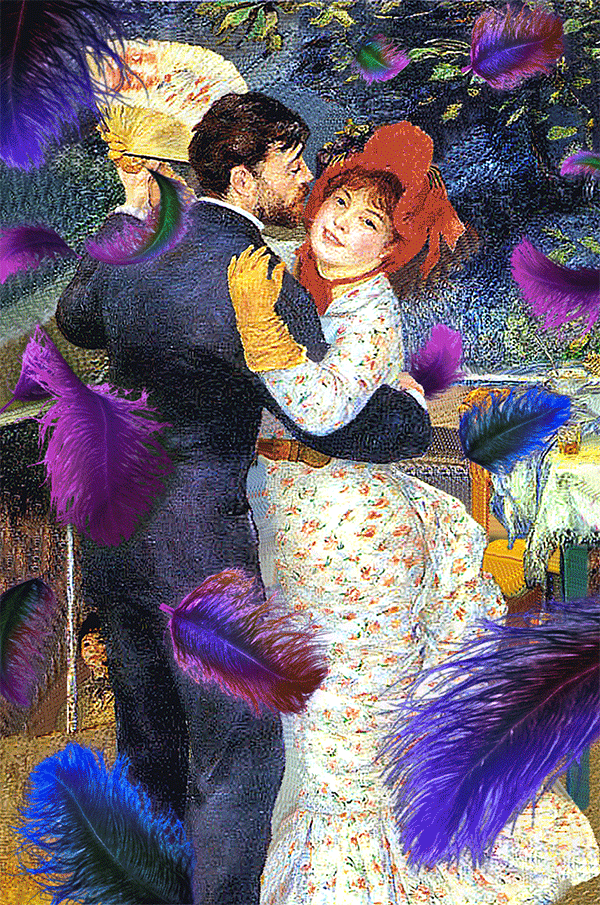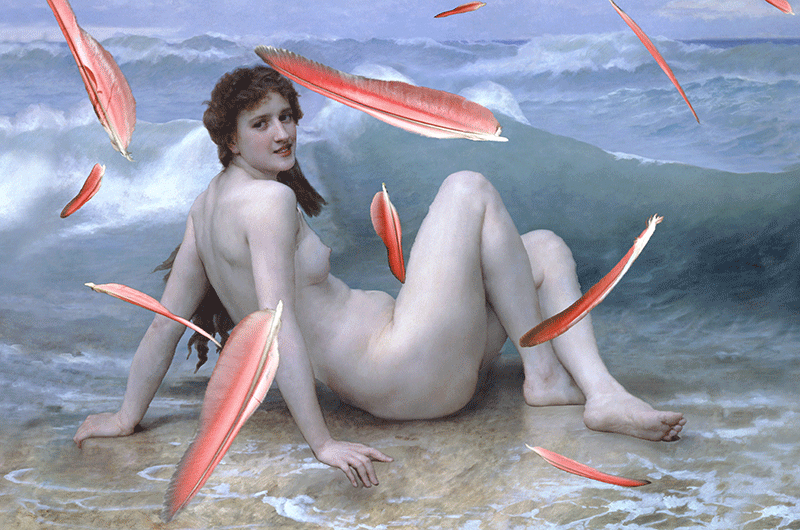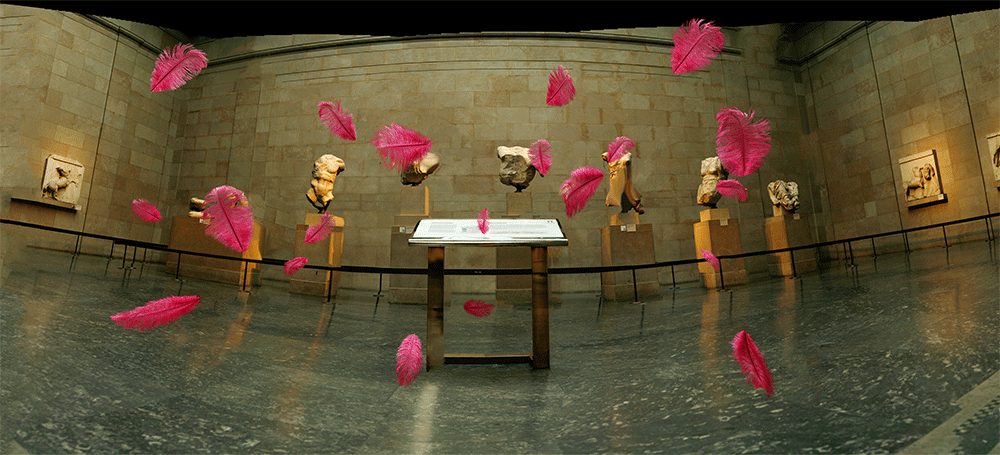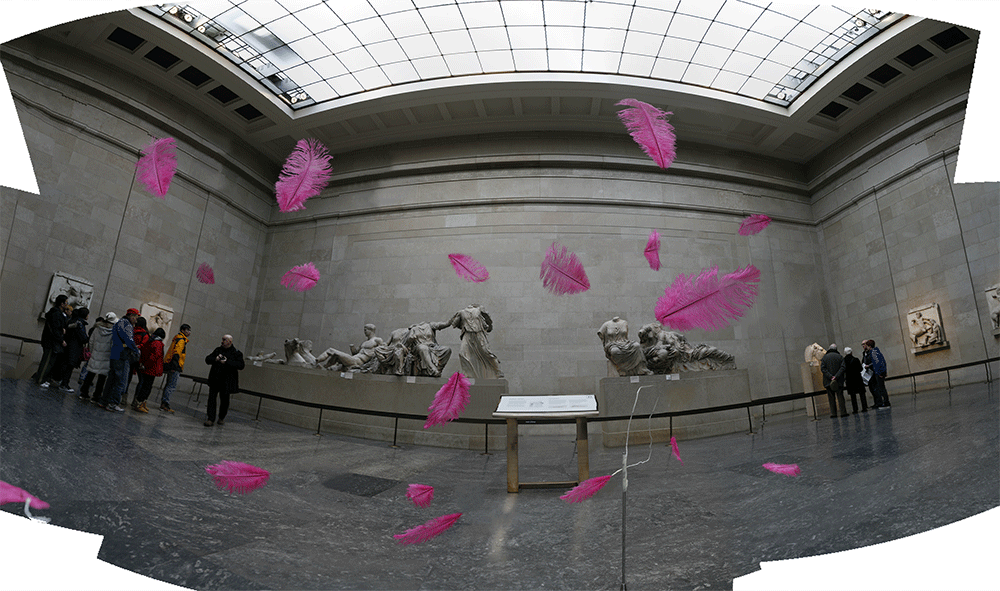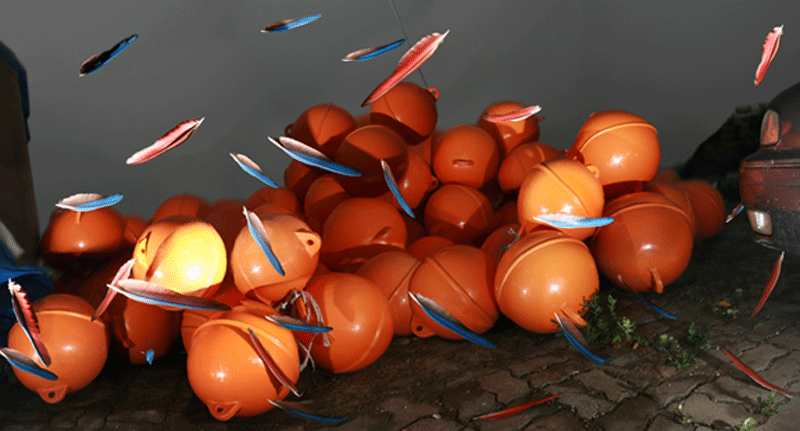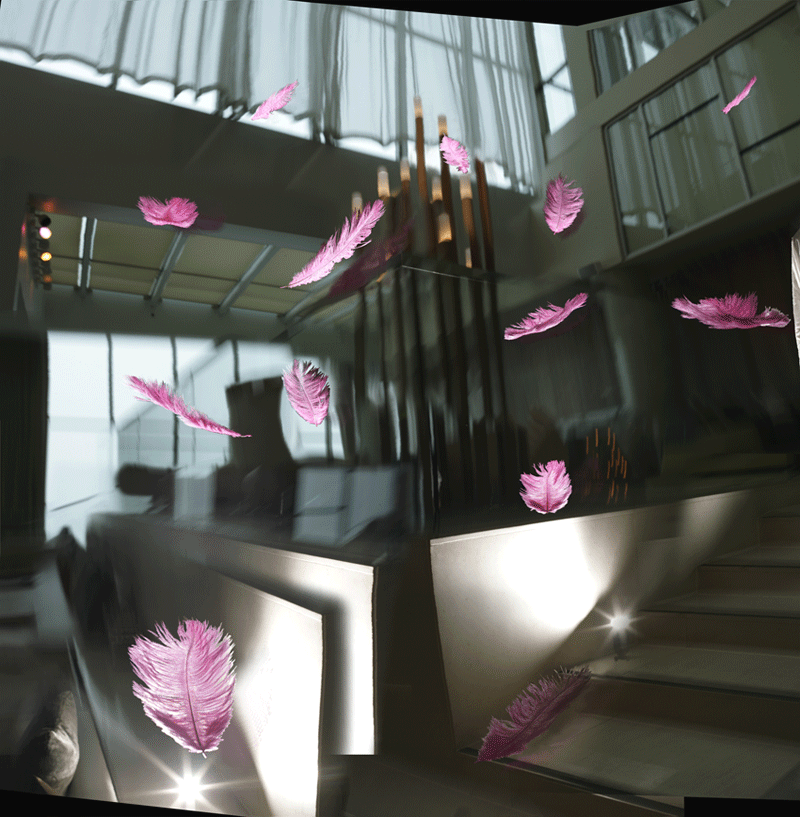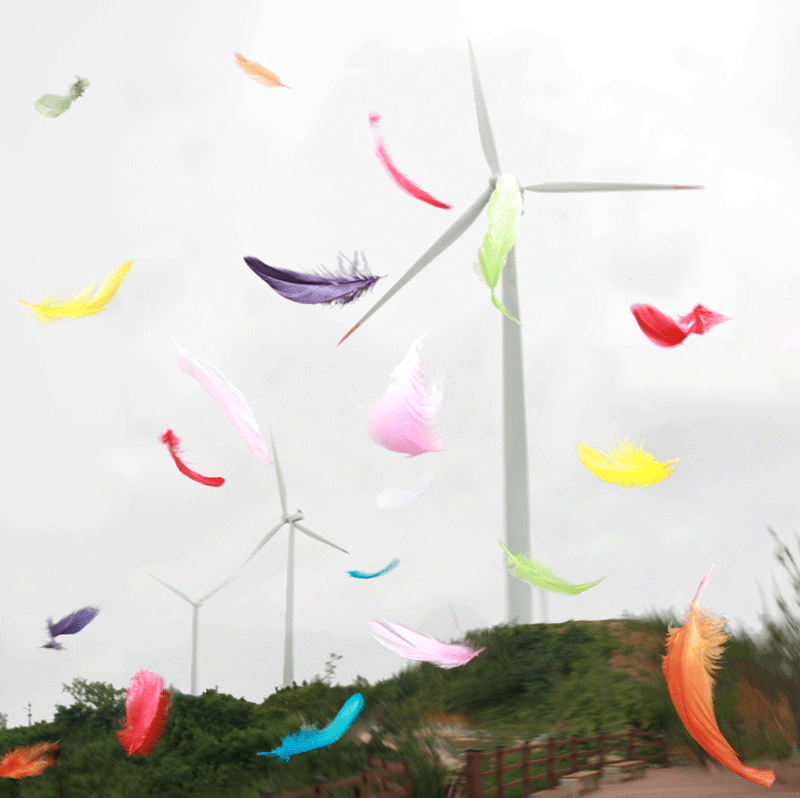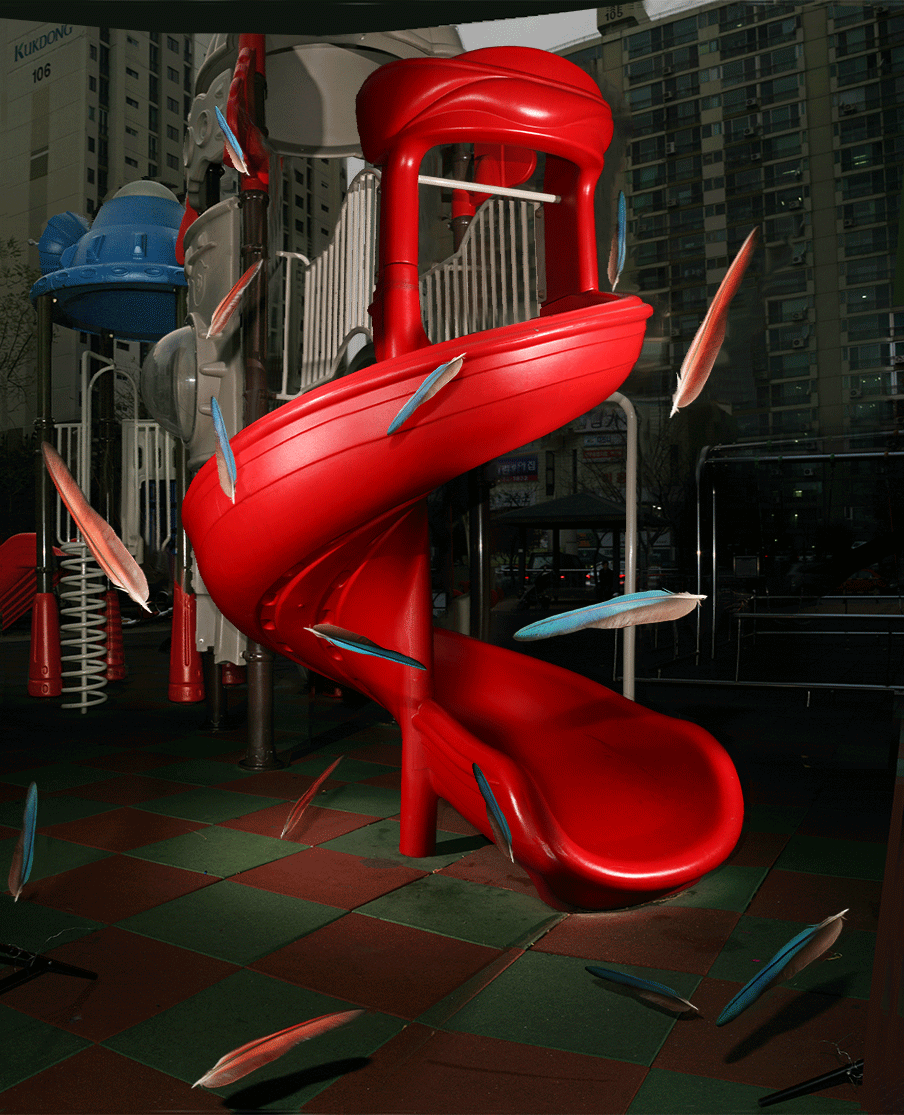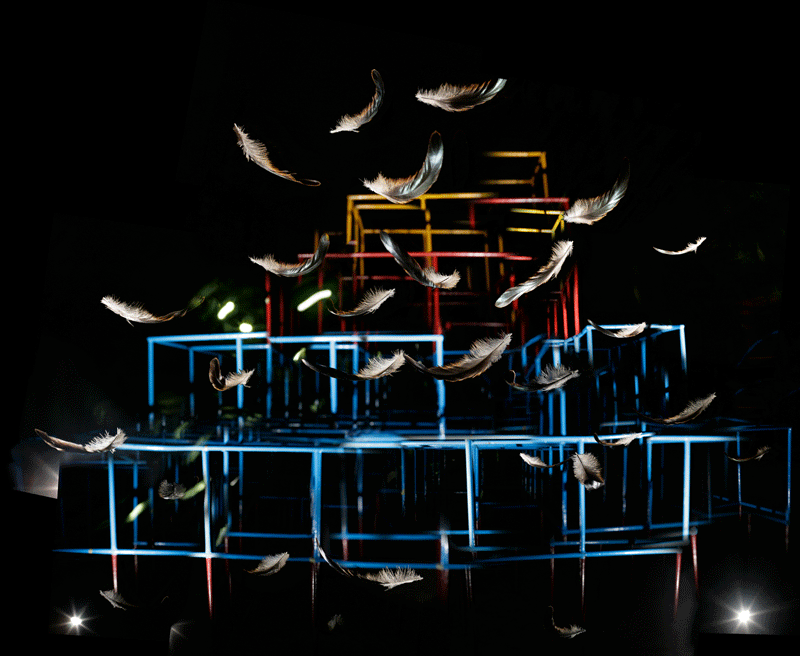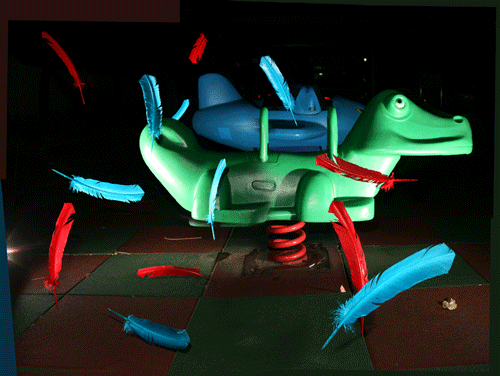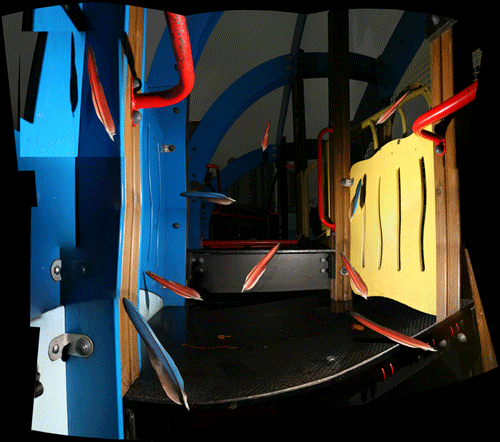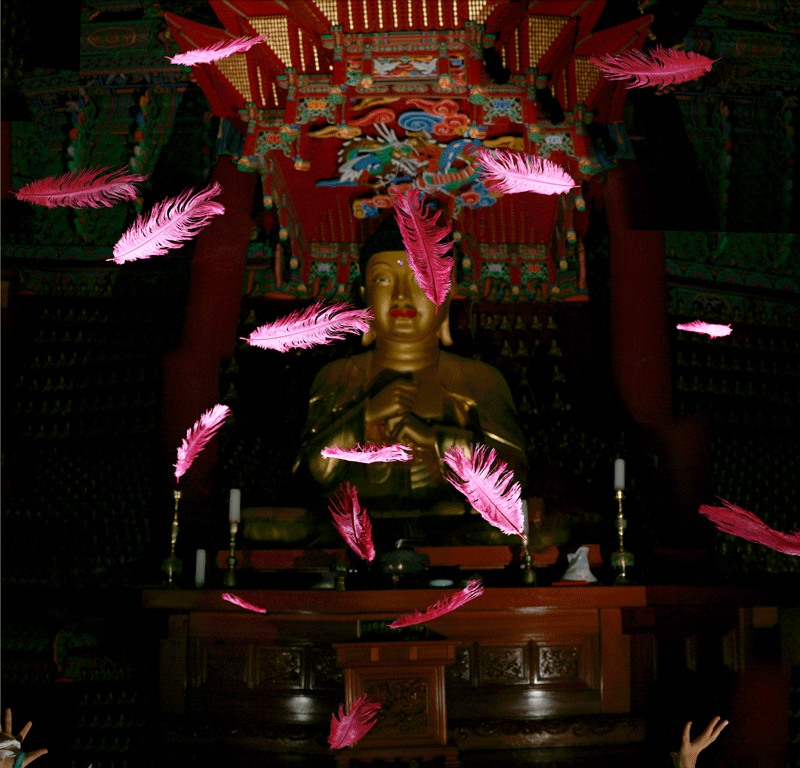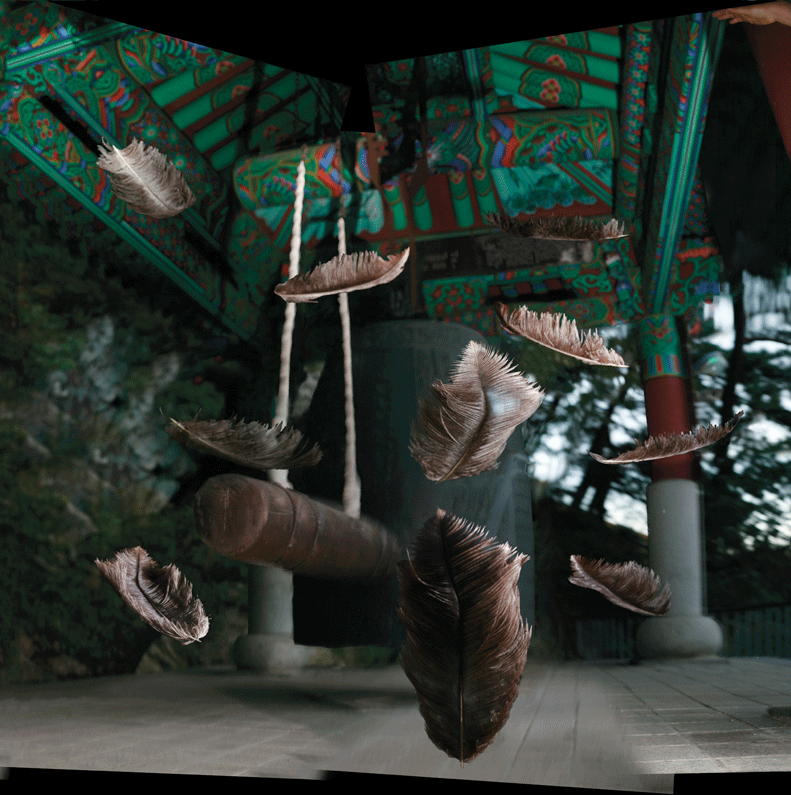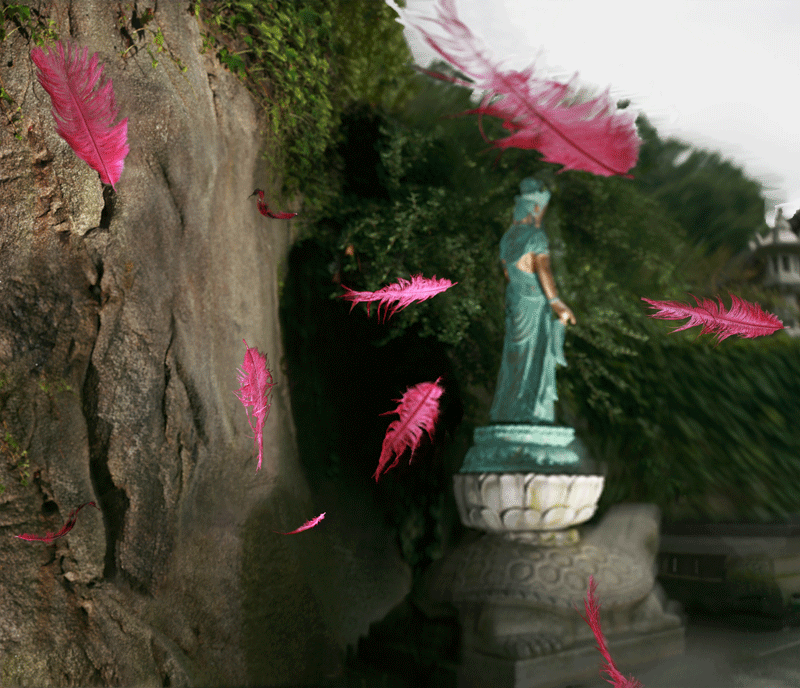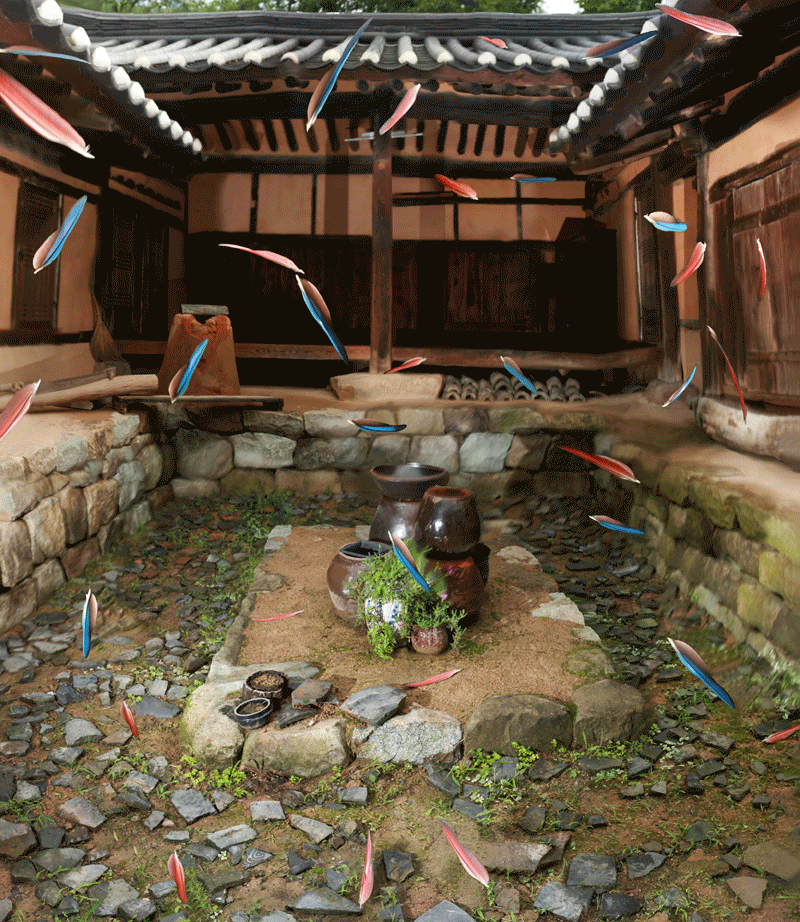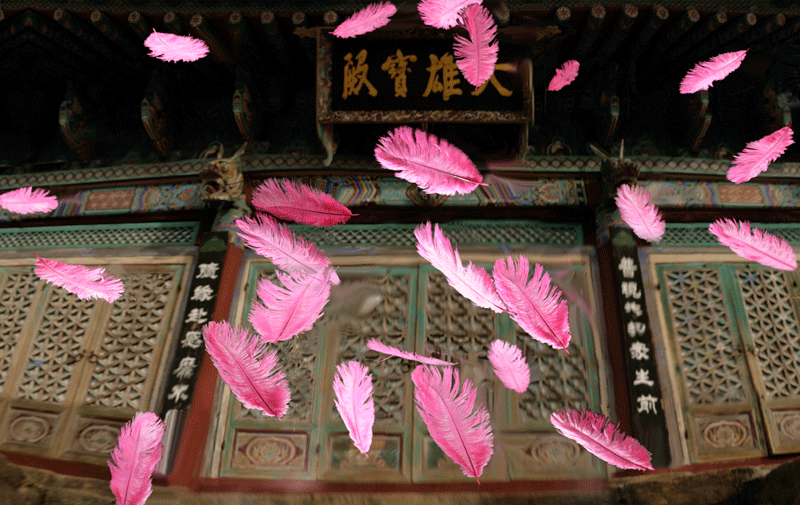Intended Virtuality and Spontaneous Interactivity: 3D Lenticular Feather Series


Jong Soo Kwon
Ph. D. in Image Engineering-Technology Art, Chung-Ang University, Korea
M. A. in Studio Art, New York University, NY, USA
B. A. in Clothing and Textile, Chung-Ang University, Korea
2014 Soundscape map, Gallery Pakyoung, Korea
2013 The Feather Series, Barracuda Club, London, UK
2011 “New Reasons” Exhibition Hall at Howard County Board of Education MD, USA
2011 “Media Season in Heyri” Heyri, Korea
2010 “SBS 20th Anniversary Media Art Exhibition” Seoul, Korea
2010 “Digital Playground in Malaysia” Malaysia
2010 “International Incheon Art Fair” Incheon, Korea
2010 "Un jour Un enfant" Ryu Hwarang Seoul, Korea
2010 The 3rd International Media Art and Information Aesthetics Invitation Exhibition (MAIA) Tokyo, Japan
2009 "Seoul Remains" Kimyoungseob Photo Gallery Seoul, Korea
2008 ‘No one sleeps in the city’ (film) NY USA (Assistant Director)
2006 The Window at the Kimmel Center, New York, USA
2005 "DIZ" 80 Washington Square East Galleries, New York, USA
2005 "Illusion" The Commons, New York, USA
2004 "Contemporary in New Jersey" FGS Gallery, New Jersey, USA
Abstract
‘The Feather Series’ is a series of large-scale 3D lenticular works of Jong Soo Kwon. In Kwon’s work, He intended virtuality of Korean traditional space by expressing them using a 3D lenticular technology. One of the main goals of 3D lenticular technology is to emphasize reality and presence of objects, but the artist twisted that used it reversely. Moreover, when viewers see the lenticular image in limited space as a white cube of galleries, viewers can feel as if the painting is following their eyes, which creates a sense of interactivity. With a series of artworks using a new technology of today, the artist paradoxically argued that artists should pay closer attention to their own culture and tradition rather than focusing on the newest trends.
Stereoscopic photography using 3D lenticular printing
Lenticular printing is a technology in which lenticular lenses (a technology that is also used for 3D displays) are used to produce printed images with an illusion of depth, or the ability to change or move as the image is viewed from different angles. A lenticular lens is an array of semicircular lenses which works as a filter to create 3D effect with two-dimensional images merged using a specific graphic technology. To create 3D effect with a lenticular lens, two images are divided into strips and are interlaced together. After that, a lenticular lens is overlaid on the image. Because of binocular disparity, a different image can be delivered to each eye. Then brain merges two views into one image creating a 3D image. This lenticular lens technology could create 3D images without the need for special impediments or electric device. Images created by lenticular technology show different images when viewed from different angles.


3D Lenticular ‘The Feather Series’
‘The Feather Series’ is a series of large-scale 3D lenticular works of Jong Soo Kwon. He used two distinct objects such as ‘traditional spaces of Korea’ and ‘feathers’ throughout the whole series: vivid images of feathers with each strand of hair shining brightly appear against a backdrop of Korean traditional places.
Feathers appeared in his works were not digitally created but actually photographed by the artist. Once the place for background was decided, he figured out what the best lighting for the setting for the place was. Kwon used both electric and natural lighting in most shooting. He mixed natural and electric lighting in order to photograph feathers more clearly. He shot an electric light on each feather to photograph them more elaborately. He took more than 200 pictures on average, and merged around 20 of them by using computer programs to consist a lenticular print.

There were some rules the artist followed in the process of shooting. First, he only used a telephoto lens to avoid lens distortion. Second, he tried to shoot as quickly as possible to minimize changes of light and moving objects during the shooting. As the sun changes its position, lighting and color temperature change too, which causes difficulties in images merging stage. Third, he took the photographs at regular intervals to simplify the merging process. Lastly, the artist operated image processing to get dynamic range images. This could be controlled by using electric light to a certain degree, but he used computer programs later to restore shadows and highlights when needed.
To print large-scale lenticular 3D images, half as many pixels as average high resolution prints are needed. For instance, to print a 47 x 47 inch image that is 100PPI, normally 4,725 x 4,725 pixels are necessary. However, to print lenticular images with a natural 3D effect, more than 8,000 x 8,000 pixels are needed, which is 1.5 times the regular number. That is because a 47inch lenticular panel uses 47inch x 20 LPI (Line per Inch), that is 940 lenses. One lens needs 8 images on average. In other words, 20LPI lens with 8 images have a resolution equivalent to 160 PPI (Pixel per Inch). Since lenticular lens technology uses images divided into thin strips, it needs high resolution images.
After finishing merging process, all objects need to be cut precisely to provide 3D effects. Images of objects were cut and replaced in order to give a sense of space, and then photographed from different perspectives.

Figure 3. Stereoscopic image creation process

Figure 4. Images photographed from different angles
Picture 4 is a series of images which were photographed from slightly different angles in order to imitate binocular disparity for creating 3D effect. These images were sliced lengthwise and placed sequentially. The artist printed these images out and overlaid a lenticular lens on them.
Traditional Korean Space and Feathers
In every piece of ‘The Feather Series’, Korean traditional spaces were used as a background of the artwork. This appropriation of Korean traditional space was a result from the artist’s long years of living abroad. After spending a long time overseas, Korea and Korean tradition gradually seemed distant to the artist. He stared to feel like traditional Korean space was a dream-like virtual one which existed only in imagination.
When Kwon came back to his home country, he encountered unfamiliar scenes. Korean society was rapidly westernized fueled by its economic growth. In the city of Seoul, it was hard to find any traditional spaces he had missed so much. This space of nostalgia only existed deep in the mountains or remote areas. In other words, traditional things and spaces became mythical. People do not see them in their everyday life anymore. Even to Koreans living in Korean society, traditions of Korea became extinct and existed only in their imaginary system. Kwon thought this was a side effect of the rapid growth of Korea. He wanted to restore the traditional space Korean people had lost by creating a virtual 3D space. Images of Korean traditional space were overlaid on the background of lenticular images to achieve 3D effect.

Figure 5. ‘ft-sb’, 120x135cm, Lenticular, 2010. ©Jong Soo Kwon
He placed images of realistic-looking 3D feathers against the background of Korean traditional space. Since the feathers symbolized ‘lightness’, the artist wanted to show how little Korean people think of their traditions by using floating feather images. For a long time, Hanok, Korean traditional houses, and temples had provided the foundation of life and belief to Koreans. However, in modern society, they were considered meaningless and light objects which needed to be renewed. Kwon’s feathers represented the disappearance of traditions and traditional spaces and how lightly people treat them these days. Feathers could be a symbol of ‘floating in the air without body’. Feathers are attached to birds’ body to cover them. However, when feathers fall out, they float in the air without any directions and destination. They just go with the drift of wind. The artist showed criticism of a cultural tendency to drift in the air of new technologies and trends without building a solid identity.
Intended Virtuality and Spontaneous Interactivity

Figure 6. ft-bs, 120x103cm, Lenticular, 2010. ©Jong Soo Kwon(left), Anaglyph 3D(middle), Virtual 3D(right)
As previously stated, in Kwon’s work, Korean traditional spaces symbolize disappearing traditions while feathers are symbols of the lightness and disappearance. He emphasized spaces and feathers by expressing them using a 3D lenticular technology. Arrangement of those objects played an important role in his work. Traditional spaces of backdrop in each work actually existed in real life, but they lost their reality and presence when floating feathers which looked even more realistic were placed before them. Feathers in bright color and distinct shape looked like they were set artificially and in turn, even the real spaces also looked like a stage setting. Moreover, those two objects have little in common so the image of them captured together looked even more artificial. This was the intended virtualization by the artist. One of the main goals of 3D lenticular technology is to emphasize reality and presence of objects, but the artist twisted that used it reversely.
Moreover, the use of changing images when viewed from different angles was a calculated maneuver by the artist. When viewers change angles, they get a different picture, which is one of the biggest characteristics of 3D lenticular technology. When viewers see the lenticular image in limited spaces such as a white cube of galleries, the range of viewers’ viewpoint is limited in scope even though they walk around the image a little to change their angles. Viewers feel as if the painting is following their eyes, which creates a sense of interactivity. The artist designed this effect based on his understanding and interpretation of lenticular images and lenticular technology.
Conclusion
Many Asian counties including Korea have accepted western culture since the 20th century. Unique traditions of each country have rapidly disappeared so that now traditions are considered virtual ideas. A strong sense of identity of individual comes from the understanding of traditional cultures. Without building a solid identity, artists cannot have a solid artistic value. Their artwork would float in the air just like feathers fallen feathers if they do not have a sense of identity., Through his ‘The Feather Series’, Kwon tried to say that artwork had no place to go without cultural appreciation. He stressed the importance of succeeding and developing cultural traditions. With a series of artworks using a new technology of today, the artist paradoxically argued that artists should pay closer attention to their own culture and tradition rather than focusing on the newest trends. That is the reason his work resonates with not only Korea but also many other Asian countries such as China undergoing rapid change.

Figure 7. Exhibition in Seoul, Korea, 2010. (top), Exhibition in London, UK, 2013. (bottom).
가상과 현실의 가장자리에서
“컴퓨터예술은 우리가 살고 있는 대변혁의 시대를 알려주는 징후이다.”
- 플루서, 『피상성 예찬』
‘가상 공동체’, ‘가상공간’과 ‘가상현실’에 이르기까지, 실제로 존재하지 않는다는 ‘가상적인’ 무언가가 현재 우리 사회 전반을 장악하고 있는 듯하다. 견고한 건물이라는 구체적인 물질체로 존재하던 대학, 도서관, 미술관, 콘서트홀, 쇼핑몰 등 여러 공공장소와, 개인의 집과 서재, 사서함이라는 사적인 공간이 모두 가상의 공간 안으로 빨려 들어가 더 이상 현실 속의 동일한 장소와 그 비중을 가늠할 수 없게 되었다. 비물질적이지만, 실제적인 효력을 가지고 등장하는 가상은 이제 많은 부분 현실의 기능을 대체하고 있는 것이다. 애초에 현실은 가상으로 대체될 수 있는 것인가? 우리가 접하는 환경 중에 어디까지가 현실이며, 어디서부터가 가상인 것일까? 현실과 가상은 무수한 교차점을 양산하며, 그 경계는 더 이상 뚜렷하게 나누어지지 않는다. 이렇게 우리 사회가 정면으로 마주하게 된 가상이라는 개념은 우리가 지금까지 당연하게만 여겼던 ‘현실’에 대해서도 근본적인 질문을 던진다.
이러한 질문의 가장 앞선 자리에 바로 권종수 작가의 작품이 놓여있다. 2D와 3D를 넘나드는 그의 최근 작업은 대단히 섬세한 가상과 현실의 겹침을 보여주고 있다. ‘깃털’ 연작에서 볼 수 있듯이 우리의 평범한 일상은 부유하는 입체적인 천연색의 깃털로 인해 순식간에, 그리고 전면적으로 가상화된다. 가상세계의 전령으로서 현실 안으로 날아든 깃털은 존재하지 않는 잠재적인 또 하나의 세계와 아주 짧은 시간 동안 조우하도록 만들어 주는 것이다. 그의 비디오 작품 속 주인공처럼 우리는 어디선가 날아든 이 불가사의한 깃털을 오래 바라보며 손에 잡히지 않는 무언가를 그려 볼 수밖에 없다. 깃털이 상징하고 있는 가상의 특징은 다음과 같은 것들이다.
가상은 깃털처럼 가볍다.
가상은 깃털처럼 부유한다.
깃털의 첫 번째 특성은 가벼움이다. 깃털은 설명하려고 할수록 더 혀끝에서 미끄러져나가 마침내 불가능 속으로 빠져버리는 인간 존재의 허약함을 닮았다. 현대사회에서 점점 더 가벼워지는 인간의 존재감은 마침내 깃털처럼 거의 무게감을 가지지 않으며, 원본 없이 부유하는 이차적 존재로 대체된다. 이러한 깃털의 상징성은 작가가 작품 속에서 단 하나의 깃털을 복제하여 사용하고 있다는 점에서도 드러난다. 그러나 깃털이 우리를 단지 공허한 시뮬라크르의 세계로만 이끄는 것은 아니다. 깃털이 가지는 두 번째 특성은 작품 내부와 작품 외부를 중첩시키는 매개의 기능이다. 다시 말하면, 가상과 현실이 겹쳐지는 그의 작품에서 우리가 보는 것은 현실에 대한 이중의 재현이다. 우리가 마주하고 있는 작품 속 ‘현실’이란 실제로는 현실의 재현, 즉 현실의 그림자에 지나지 않는다. 이러한 플라톤적 인식은 작품 속의 현실이 가상과 대립하고 있는 가운데 동굴의 비유와도 같은 하나의 다층적 구조를 형성한다. 우리가 작품 속 현실의 재현을 현실로 오인했듯이, 우리의 현실도 무언가에 대한 오인이 아닐까? 이렇게 가상에 대한 질문은 결국 작품 외적인, 즉 우리의 실제 현실에 대한 성찰로 이어지며, 여기에서 깃털은 가상과 현실의 매개체로서의 예술에 대한 하나의 은유가 된다.
가상에 대한 문제제기가 현실에 대한 성찰이 된다는 자각은 작가의 작업방식에서도 뚜렷이 드러난다. 그는 현실을 보다 실제적으로 재현하기 위해 풍경을 카메라의 시각에서 여러 프레임으로 분할하여 다시 이어붙이는 방식을 택하고 있는 것이다. 또한 최근작에서 볼 수 있는 동양적인 모티브는 오랜 시간 해외에서 활동했던 그가 이제 자신의 정체성을 찾아가는 도상에 놓여 있음을 보여준다. 이렇게 조각난 우리 주변의 평범한 풍경들은 한편으로는 예술적 가상을 현실로 오인하도록 만들지만, 다른 한편으로는 그 가장자리(Edge)를 그대로 드러내며 파편화된 현실의 경계를 표시해주고 있다. 보다 리얼한 가상적 실재를 구현하기 위한 노력이 오히려 틈새를 드러내며 수용자의 인식을 촉발한다. 마치 권종수 작가가 플루서를 인용하여 자신의 작업을 설명하듯이. “내 삶은 하루 종일 가상과 실재를 구분하는 것에 있다. 나는 가상적인 실재를 만든다. 하지만 그것들은 너무 가볍다.” 바로 여기에서 그의 작품은 가상이 과잉된 우리 시대에 대한 첨예한 예술적 발언이 된다.
유현주(연세대학교 독문과 교수)

